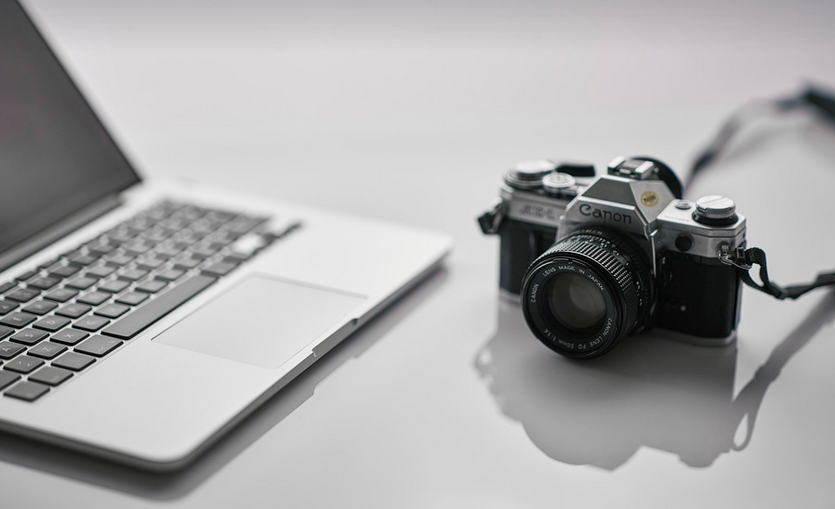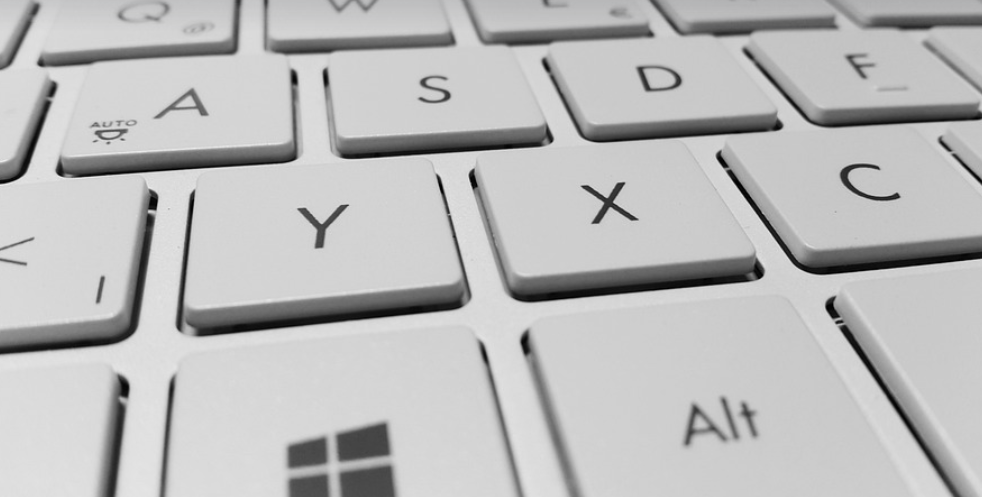A Closer Look at the Battery Life Impact of True Tone
Ever wondered if that fancy “True Tone” feature on your iPhone or iPad is actually draining your battery faster? It’s a question many smartphone users ponder, especially when they notice their devices running low on power. The good news is, there’s no need to worry too much! While True Tone does use some extra energy compared to having the screen set to a standard white light, it doesn’t necessarily mean your battery will tank overnight.
True Tone essentially adjusts the color temperature of your display based on ambient lighting. This means it shifts from warmer yellows and oranges in artificial daylight to cooler blues and purples under natural sun. The magic lies in its ability to make your screen look more realistic by mimicking the colors found outdoors. But just like any feature that uses electricity, True Tone will consume a bit of battery power, even if it’s not drastically different from using standard white light.
Why does True Tone use more energy? Well, it involves a complex process of analyzing the ambient light around your device and then adjusting the screen to match. This means constantly reading the environment—measuring the color temperature and intensity—which requires some processing power that comes with its own energy cost. But don’t let this seem like an insurmountable hurdle! You must remember that True Tone utilizes a relatively efficient algorithm.
Think of it as a smart trick your device uses to take advantage of natural light. While True Tone does make adjustments, the core functionality remains consistent with the overall display settings you’ve pre-selected. So, while true tone might slightly affect your battery life compared to using pre-set white mode, it won’t drastically change things unless you have a particularly demanding habit.
The good news is that True Tone isn’t just about color; it’s also about providing greater comfort and readability under various lighting conditions. This translates into less eye strain for users who prefer reading on their devices in dim rooms or outdoors. And if you find yourself constantly on the go, True Tone can help you achieve optimal visibility in different settings—whether you’re browsing websites at a cafe, watching movies on the train, or even simply scrolling through social media in the evenings.
So, what’s the verdict? Does True Tone drain your battery excessively? The answer is: maybe! It’s not about completely eliminating the possibility of increased power consumption. However, it doesn’t necessarily mean you’re setting off a dramatic battery drain. After all, many factors can influence how much power your device consumes, including the intensity of the screen brightness and the amount of time spent using apps.
To truly understand the impact on your battery life, we have to look at the bigger picture. Factors like the overall usage patterns and phone model play a crucial role in determining how much energy is used. But if you’re curious about True Tone’s effect, it’s often worth checking your device’s settings and experimenting with different display modes.
If you find yourself constantly struggling to get through the day on a low battery life, consider exploring other features like turning down screen brightness, reducing app notifications, and even utilizing power-saving modes. These adjustments can save you some serious energy—potentially helping your battery last even longer.
But if True Tone is an essential part of your daily routine for creating a more comfortable viewing experience, don’t worry too much about the extra drain on your device’s power. It’s all about finding a balance that works best for you and your specific needs.
Ultimately, the decision to engage with True Tone depends on personal preference and how you use your phone. If you prioritize visual comfort and find yourself navigating different environments throughout the day, True Tone can be an invaluable tool.
And if you’re wondering about the impact on battery life specifically, remember that it doesn’t necessarily mean a drastic difference in power consumption. The real key lies in understanding how your device’s settings and usage patterns influence energy use.


